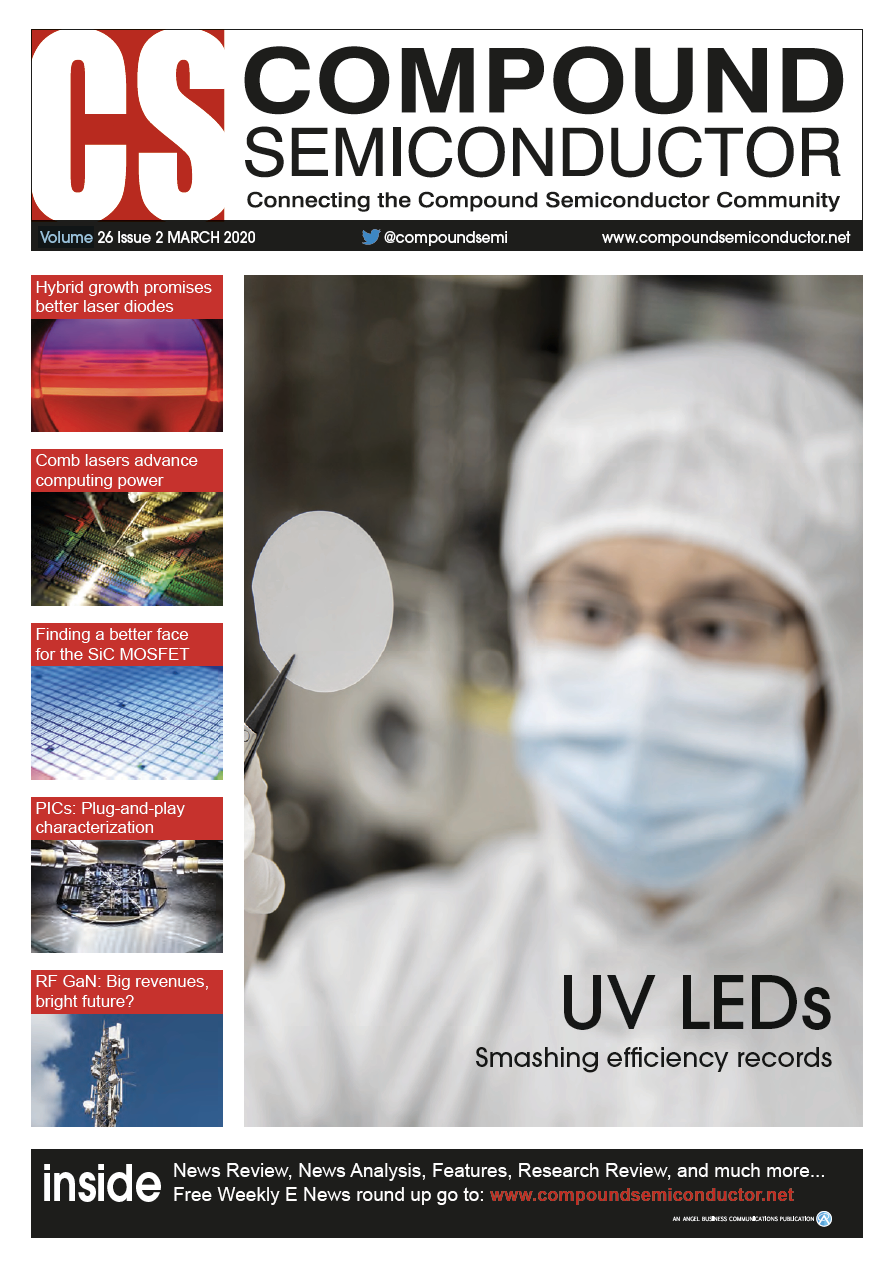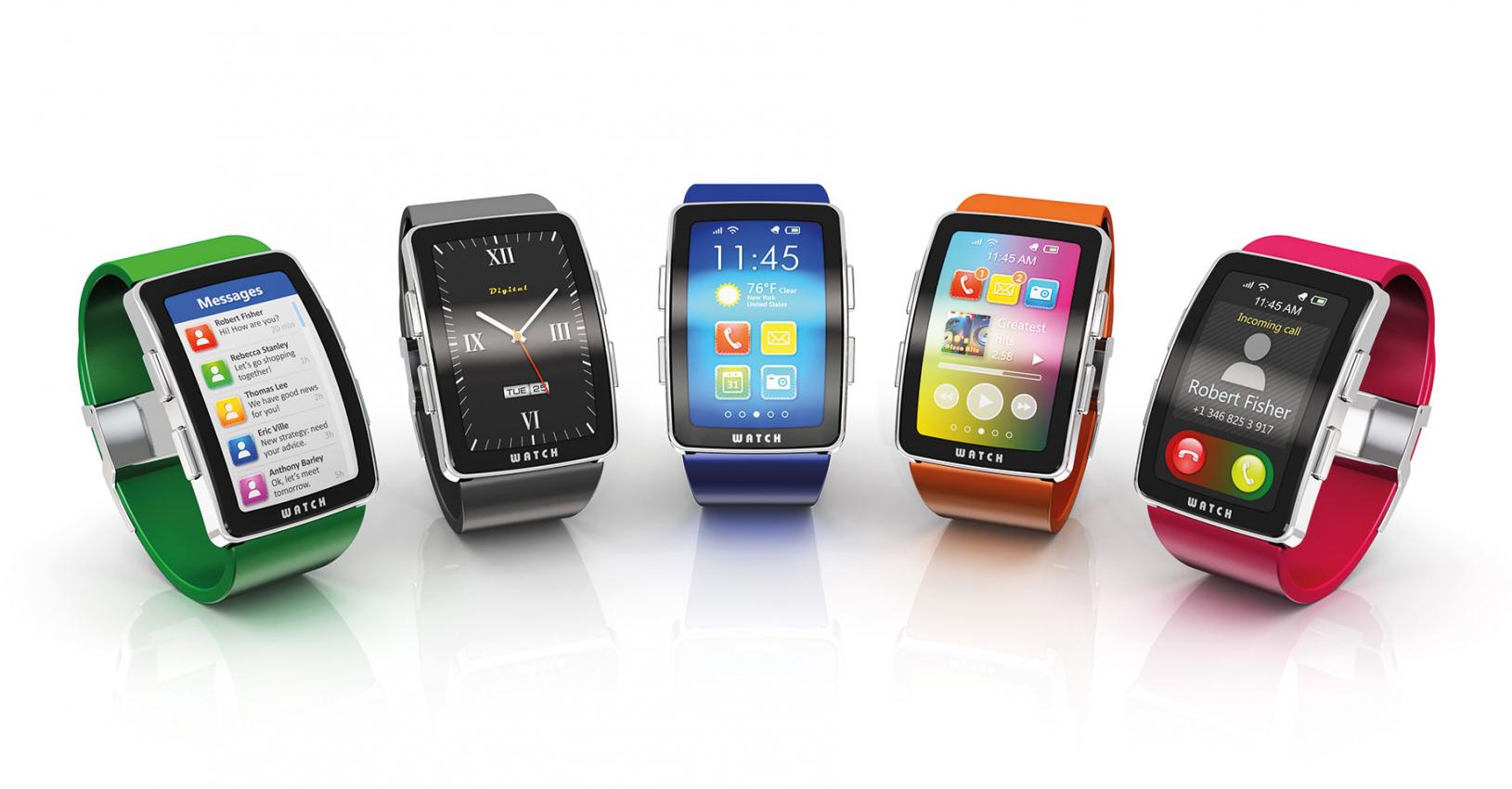
EpiPix: a new way with microLEDs

University of Sheffield spin-out, EpiPix, is set to deliver the ultra-high brightness, ultra-small microLED arrays that industry players crave. Rebecca Pool finds out more.
EARLIER THIS YEAR, the UK-based University of Sheffield launched a spin-out company, EpiPix, to develop and commercialise microLED technology for display panels in augmented and virtual-reality devices, smart watches, mobile handsets and more.
Based on many years of GaN semiconductor research from Professor Tao Wang, based at the University’s Centre for GaN Materials and Devices, the company has already demonstrated prototype micro-LED arrays on single wafers with microLED pixel sizes from 30 µm down to 5 µm and less.
The launch comes at a time when Apple has ploughed some $2 billion into microLED development, myriad companies from Plessey and Glo to Lumens and Sharp have demonstrated microdisplays on CMOS backplanes, and patent fillings are going through the roof. EpiPix chief executive, Dennis Camilleri, is excited.
“We are already engaged in discussions with major end-user customers for AR/VR applications, manufacturers of smart watches and smart phones and also LiFi companies,” he says.
“For many applications the key technical driver is to produce very small microLEDs that will give you that high resolution, high brightness display,” he says. “We are going to produce less than five micron-size microLEDs and this is what all these major companies are interested in.”
A direct approach
Your typical III-nitride microLEDs are manufactured using standard photolithography processes followed by dry-etching on a III-nitride LED wafer. However, dry-etching induces surface damage to the microLED, particularly at lower microLED diameters, degrading optical performance, including internal and external quantum efficiencies. As a result, industry players, far and wide, have struggled to fabricate high-brightness, microLEDs with dimension below 5µm.
Given this, Wang and colleagues decided to take a different tack and for the past five years have been developing a direct epitaxial method for fabricating ultra-small and ultra-bright InGaN micro-LEDs that eliminates the need for dry-etching.
Here an n-GaN layer is grown onto a silicon or sapphire substrate to create an as-grown n-GaN template. A SiO2 film is then grown onto the n-GaN layer, with an array of holes of the required microLED shape and diameter. LED structures can then be grown onto this pre-patterned SiO2 microhole arrayed template to form the microLED arrays.
Crucially, the method uses standard MOCVD processes, and the arrays are designed to be compatible with any existing microdisplay fabrication technique including, pick-and-place and mass transfer technologies.
“Wang’s process does not involve dry-etching, damage and optical degradation, and so we’ve been getting some very good external quantum efficiencies with our micro-LED arrays,” says Camilleri. “This is why this process is attracting so much interest.”
Indeed, earlier this year, Wang and colleagues unveiled high luminance green microLED array bare chips, with a diameter of 3.6 µm, inter-pitch of 2 µm and a record external quantum efficiency of 6 percent. This result has been quickly published in ACS Photonics. According to Camilleri, the researchers have fabricated blue microLEDs and are also developing red versions. EpiPix is also working with packaged chips.
“This figure of 6 percent for a very small green microLED is a world record,” he says. “We are not using any reflective layers and no additional processing is taking place... This is pure light coming out of the microLED array.”
So what now for EpiPix? As Camilleri points out, the start-up is operating on a commercial technology centre business model and will carry out product development, testing and validation of device performance, as demanded by end-user customers.
“EpiPix has a worldwide exclusive licence to commercially exploit the IP from the University of Sheffield... and when our customers scale up manufacturing of products based on our micro-LEDs, then EpiPix could licence IP out to them,” he says. “We will be piloting assembly, production and packaging to ensure applications work but we don’t see ourselves as a volume manufacturer of microLEDs.”
So far, fabrication has taken place on 2-inch wafers, and now EpiPix will scale this to 4-inch or 6-inch substrates. The next 18 months to two years will also be spent on product development, beta prototyping, testing and providing samples to customers. And with process and device validation in hand, the microLED wafers will be ready for high-volume manufacture.
“These devices can also be used for high-speed data transmission in LiFi applications, but I expect the first applications to be AR and VR as well as smart watches and mobiles,” says Camilleri. “In around two years, I want to be selling our microLED arrays to at least half a dozen global corporates in these applications.”


































